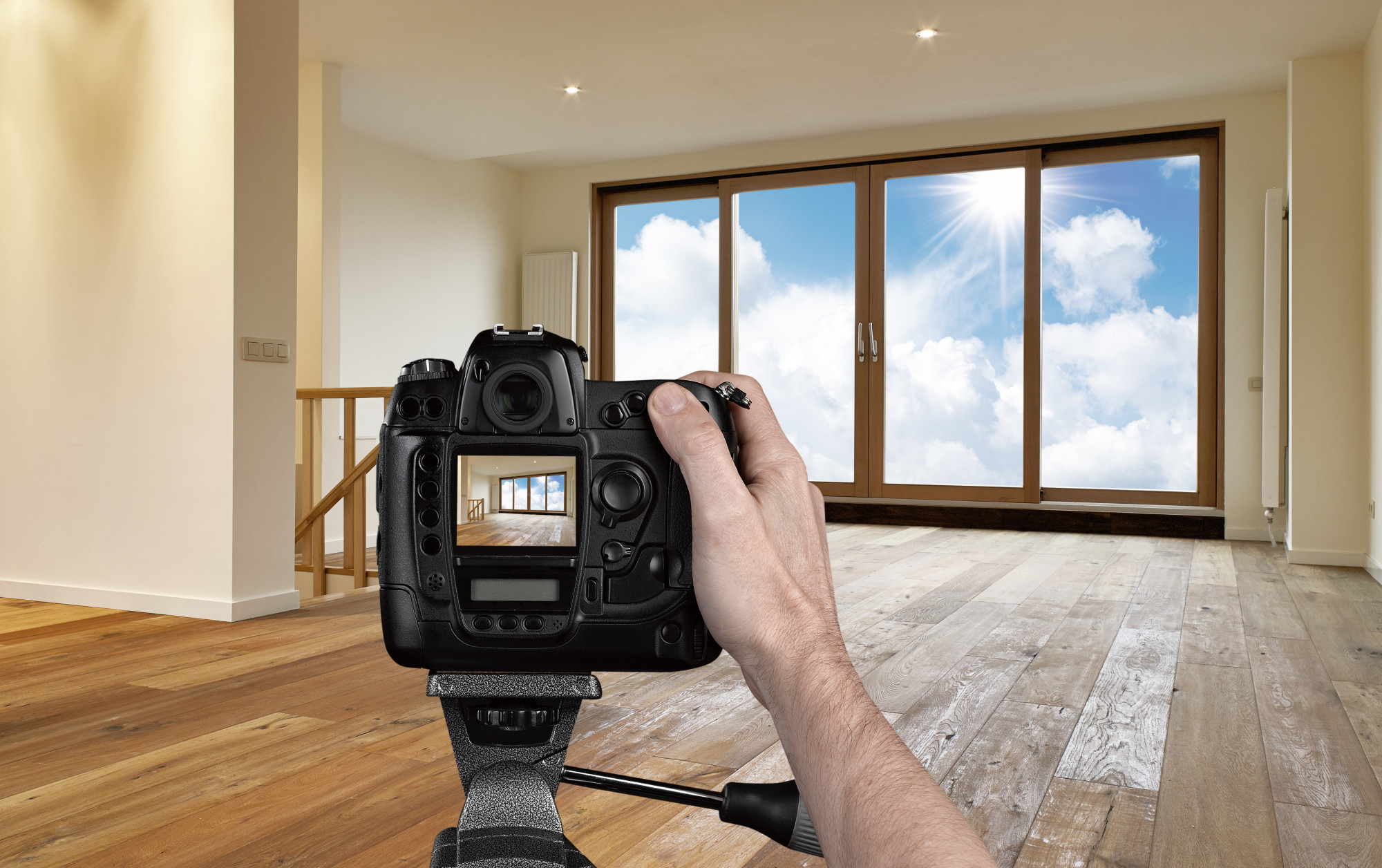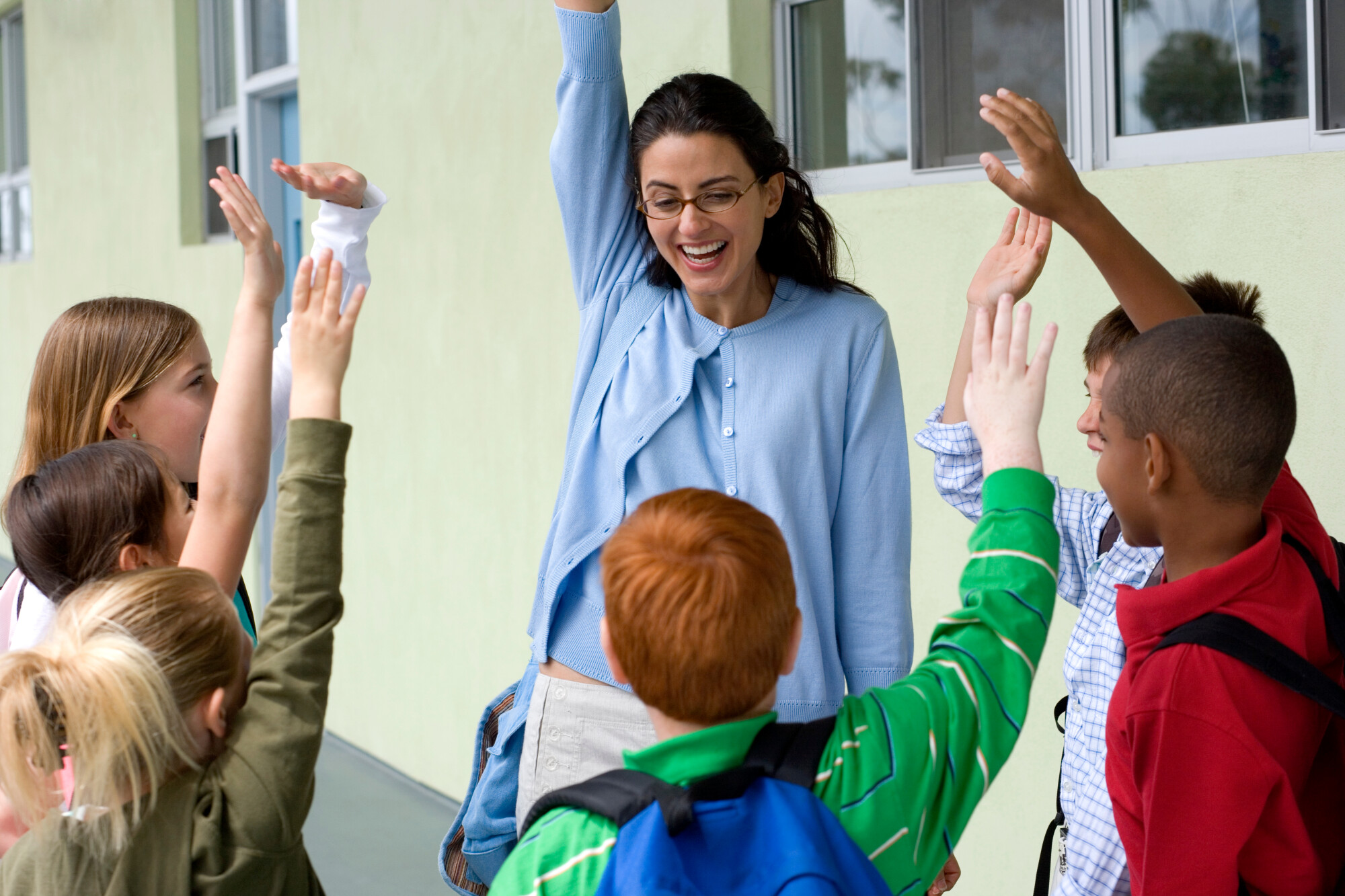Training to Kibble: A Complete Guide to Getting a Puppy
A new puppy is a wonderful addition to your family. But it’s also a big responsibility.
Before getting a puppy, your first step should be to enroll in puppy training classes. Not only will it help you bond with your new furry friend, but it will allow you to tackle any bad behavior head-on with guidance and help from experts.
Not sure where to begin with training your new puppy? We’re glad you came to us.
Here’s a complete guide to helping you to train your dog, including tips on how to get started with training your new puppy.
Table of Contents
- 1 First, Understand Your Pup’s Breed
- 2 What Do I Feed My Puppy?
- 3 When Do I Change My Pup’s Food to Adult Food?
- 4 How to Set Up My Pup’s Potty?
- 5 When Can I Train My Puppy to Potty?
- 6 What to Expect When Visiting a Vet?
- 7 What Is a Puppy Class?
- 8 What Tips Can I Use to Train My Puppy?
- 9 Consider These Tips and Tricks Before Getting a Puppy
First, Understand Your Pup’s Breed
Before you even begin looking for the perfect pup, it is essential to understand the breed of puppy you want. Look into the following needs that are associated with their breed:
- their temperament
- exercise needs
- potential size
- commonly seen health issues
- grooming and nutritional
All breeds are different in terms of activities and lifestyle needs. For example, grooming a French bulldog is far easier to do than grooming a shi-tzu since French bulldogs don’t have long fur to shed. If you are looking for this kind of puppy, you may check out this French bulldog for sale.
Having an understanding of what is potentially needed to properly care for your puppy is crucial. It is also important to determine what sort of energy level, exercise needs, and grooming needs the breed needs—as puppies are very active and need to learn how to behave properly while growing up—to make sure that it is a good fit for your lifestyle.
By doing your homework ahead of time, you can make sure that you are bringing home the right pup for your home.
What Do I Feed My Puppy?
A complete guide to raising a puppy can seem overwhelming, but one of the most important steps is to decide what you will be feeding your puppy. Puppies have unique nutritional needs. That’s why it’s important to research the type and amount of puppy food to feed them.
Start with a reputable, high-quality dry puppy food that is specifically formulated for puppies. Follow the feeding recommendations on the bag for the amount and time of day you should feed your puppy. Puppies typically need to eat three or four times a day.
Gradually work up to a couple of cups of food spread throughout the day. Be sure to adjust the amount you feed as your puppy grows. Introduce wet food to puppies between eight and ten weeks old when they start teething. Wet food provides extra hydration and can help soothe your pup’s early teething pains.
When Do I Change My Pup’s Food to Adult Food?
Choosing the right food for your puppy is an important decision. You want to make sure you get the right nutrients for your growing body. The time to start transitioning to adult food should be determined based on your pup’s breed type and size.
Generally, smaller breeds will transition much earlier than larger breeds. Talk to your vet about when the best time is for your pup, and start planning the transition at around 8-10 months old. Before transitioning to adult food, slowly mix adult food in with the puppy food.
Over the course of 7-10 days, you can gradually increase the amount of adult food with every meal. By the end of the transition, your puppy should be completely on adult food.
Although the transition to adult food should be monitored, it is also important to remember that puppies need more frequent meals than adult dogs, so be sure to follow the appropriate feeding schedule for your pup.
How to Set Up My Pup’s Potty?
Setting up a pup’s potty correctly is a key part of any complete guide to taking care of a dog. To ensure your pup is potty-trained quickly and effectively, here are a few tips for setting up an area specifically designated for your pup’s bathroom.
First, select the right area. A spot in the backyard or house with plenty of airflow and sunlight is ideal. Make sure the potty area is well-drained. It must not have any debris, insects, or animals that could distract your pup from pottying.
Once the area is prepped, provide enough room to accommodate the installation of the appropriate litter box or dog pad. Next, designate a separate area for your pup to bury bones or toys.
Finally, maintain a regular routine for potty breaks to ensure your pup gets used to going in one predictable spot. With the right setup and routine, your puppy will be potty trained in no time!
When Can I Train My Puppy to Potty?
When can I train my puppy to potty – the answer is sooner than you think! Potty training a pup is one of the most important steps in the puppy-rearing process and should be started as soon as possible.
Young puppies have small bladders and can not hold them for long. So, regular trips outside to do their business will severely cut down on accidents in the house.
Establishing a routine of taking your pup outside it will help them to learn and understand that going potty outside is what is expected.
Training them early on can also be done with rewards when they succeed in going outside. As always, be consistent, gentle, and patient and you’ll have a house-trained pup in no time. With proper guidance and a lot of love, a complete guide to getting a puppy can lead you to success.
What to Expect When Visiting a Vet?
A visit to the veterinarian is an important part of getting a puppy. It is important to ask questions and ensure that the vet is giving you the best care and advice for your new puppy.
When visiting the vet, make sure to bring a copy of your pup’s medical records, as well as any shots, medications, or food they may need. During the visit, the veterinarian will discuss any of the following that your puppy may need;
- health vaccines
- preventive care
- parasite prevention
They will also check to make sure their diet is complete and appropriate and screen for any potential health concerns. Depending on the age of the pup, they might also suggest additional tests.
The last step in the visit is reviewing the puppy’s health history and providing guidance on proper training and socialization. A good vet visit will give you a better understanding of your puppy’s health and set the foundation for a long, happy life.
What Is a Puppy Class?
A puppy class is a great way to take advantage of your new puppy or dog. It ensures they have a well-rounded and successful relationship with humans. Puppy classes are usually taught by a professional dog trainer who will help teach your puppy:
- the basics of obedience
- how to socialize
- good behavior
Additionally, a puppy class allows your puppy to interact and play with other puppies. This can be great for socialization and building a strong bond with you and your puppy.
Furthermore, a puppy class is often structured with activities and commands that the puppies will need to learn in order to become well-mannered and successful.
A complete guide to getting a puppy should include attending a puppy class. This will give your puppy the foundation and skills needed to build a good relationship with its human, as well as other puppies and dogs.
What Tips Can I Use to Train My Puppy?
A puppy is a great addition to any family, and teaching good manners is an important part of having a happy and well-behaved canine companion. The following tips can help you get started on the right foot and provide an effective way to train your puppy:
Using a Positive Reinforcement
When it comes to training your puppy using a positive reinforcement approach, there are a few tips that can help you. The first thing to do is set a regular schedule for feeding, playing, and taking your pup outside to their designated potty area.
Additionally, reward your pup whenever they learn a new command or do a positive behavior. Treats, verbal praise, and petting make great rewards. They let your pup know that what they’re doing is good and that they’re being rewarded for it.
Lastly, give your pup enough exercise and playtime. Keeping them active and occupied will satisfy their natural needs and keep them from engaging in behaviors you don’t want.
Just a Short Training Session Is Enough
Short, 10-15 minute sessions can be beneficial in teaching your pup easy tricks and obedience behaviors such as sit, stay, and come when called. These short training sessions can also be useful for teaching more complex behaviors like:
- walking politely on a leash
- targeting and pawing
- simple trick behaviors
Additionally, short sessions can help to keep your pup engaged by not overstimulating them. Ending the session before the pup has become bored or frustrated can prevent any negative associations with training.
Consider These Tips and Tricks Before Getting a Puppy
Overall, getting a puppy can be a rewarding and fulfilling experience. If you’re looking for a canine companion, be sure to consider all aspects of the responsibility.
By taking the time to research, prepare, and plan in advance, you’ll be setting yourself and your puppy up for a successful life together. To get started, find a local shelter and schedule a visit today.
Did you find this article helpful? You can check out our website for more awesome content like this.









